Where the survey predicts changes, you see social networks adding new features. Facebook An RBC Capital Markets social media survey showed that in the last year, an average of 33% of Millennials who took the survey increased the time they spent on Facebook, whereas an average of 23.5% decreased their time on Facebook. On average, 63.5% of Millennial respondents plan to use the social network for the same length of time as they have in the past. For marketers, this prediction could mean that the same audience is likely to see the same social network ads and branded content, leading to better brand awareness and recall. Instagram For time spent in the past year, Instagram’s numbers are similar to Facebook’s. While Facebook’s feature set has largely remained the same, Instagram added new features at the end of 2016, including live video and Instagram Direct (the app’s answer to Snapchat). Snapchat Based on the RBC Capital Markets survey, Snapchat use increased the most among the four social networks. On average, 45.5% of Millennial respondents said they increased the time they spent on the app. In other words, 70% of respondents don’t fully view the ads that marketers spend a lot of money to create and place on YouTube. Takeaways Do these survey results mean that social media marketers are destined to waste advertising dollars on digital ads that no one pays attention to?
Are Millennials part of your customer base?
Wondering how best to reach them on social media?
In this article, you’ll discover insights from new research you can use to get your social media messages in front of Millennials.
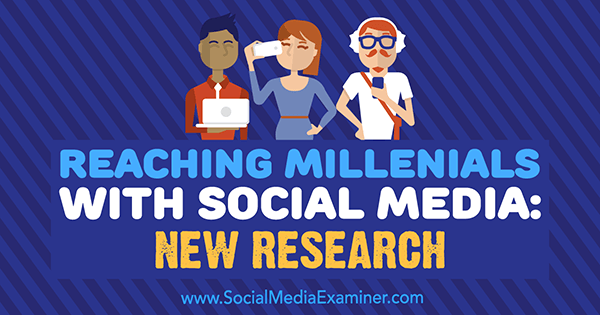
#1: Millennials Are Digital Shoppers
Millennials, those individuals born between 1980 and 2000, make up 25% of the world’s population, according to the U.S. Census Bureau’s International Database. Roughly 1.8 billion people worldwide are considered Millennials. In June 2015, the U.S. Census Bureau announced that Millennials outnumbered Baby Boomers.
The number of Millennials means a lot of purchasing power is up for grabs. In a survey by Accenture, Millennial shoppers spend an estimated $600 billion each year, and by 2020 that amount is expected to grow to $1.4 trillion, or 30% of total retail sales.
Millennials are also the first truly digital generation. According to the Total Retail 2016 report by PwC (PricewaterhouseCoopers), Millennials are online even when they’re in the store. The survey included 23,000 online shoppers from around the world. Of the 73% of respondents who said they go online while in a brick-and-mortar location, 42% were Millennials. All other age groups made up the remaining 31%.
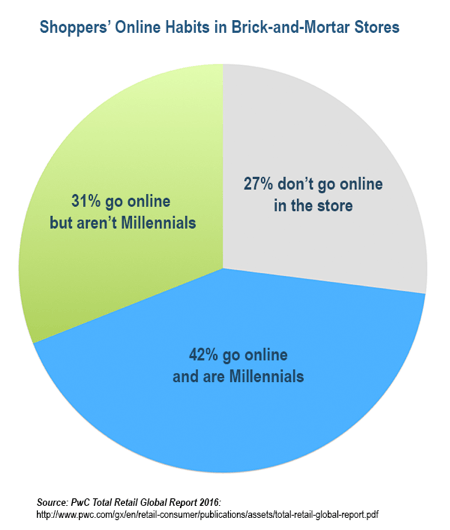
#2: New Platform Features Spur Millennial Adoption
Just when marketers get used to the types of ads and content that perform best on a particular social network, the user base seems to shift, possibly requiring rethinking content strategies. According to one survey, social network use will remain fairly stable. Where the survey predicts changes, you see social networks adding new features.
An RBC Capital Markets social media survey showed that in the last year, an average of 33% of Millennials who took the survey increased the time they spent on Facebook, whereas an average of 23.5% decreased their time on Facebook.
The survey predicts that over the next year, only 17% will increase their usage and an average of 19% will decrease their usage. On average, 63.5% of Millennial respondents plan to use the social network for the same length of time as they have in the past.
For marketers, this prediction could mean that the same audience is likely to see the same social network ads and branded content, leading to better brand awareness and recall.
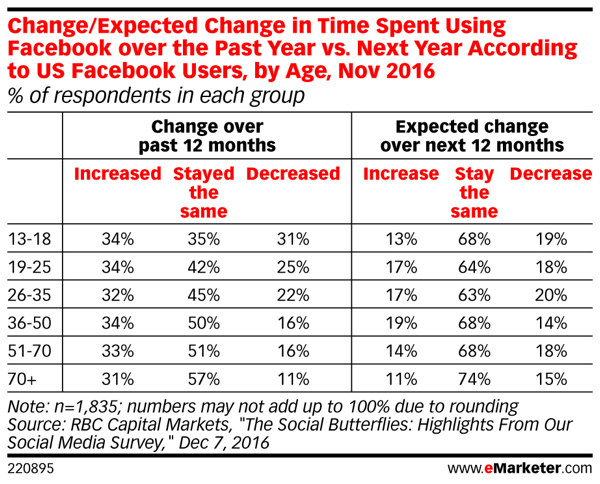
Why are most people planning to spend the same amount of time on Facebook in the coming year? Here’s one possible reason: Facebook has significantly slowed the development of flashy features that usually increase its user base. Arguably, Facebook Live, launched in 2015, was the last major addition.
For time spent in the past year, Instagram’s numbers are similar to Facebook’s. On average, 36.5% of Millennial respondents increased usage, 40% use Instagram the same length of time, and 24% decreased their time on Instagram. This similarity isn’t too surprising because Facebook owns the image-only social network.
However, compared to Facebook, more Millennial users plan to increase their use of Instagram in the next year. On average, 24% state they’ll use Instagram more and fewer (14%) plan to decrease their usage.
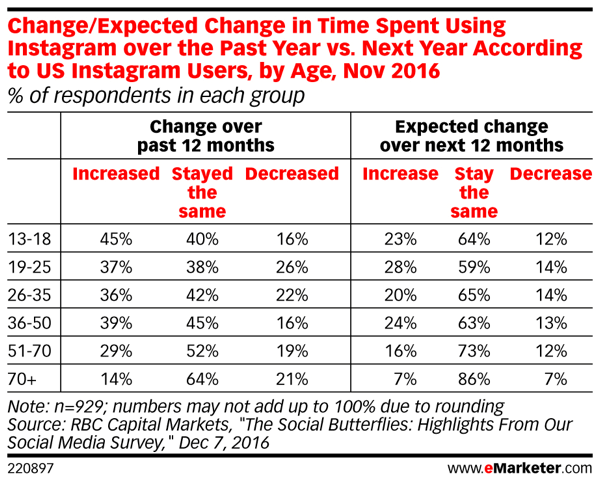
While Facebook’s feature set has largely remained the same, Instagram added new features at the end of 2016, including live video and Instagram Direct (the app’s answer to Snapchat). With the surging popularity of both Periscope and Snapchat, Instagram…
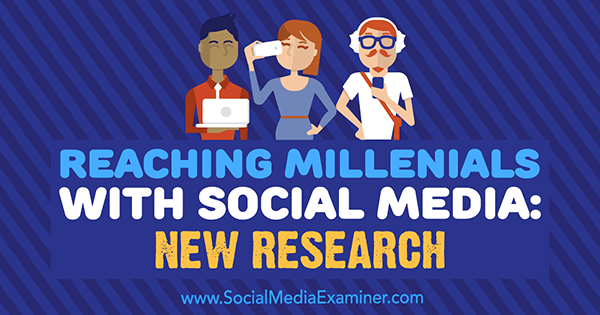
COMMENTS